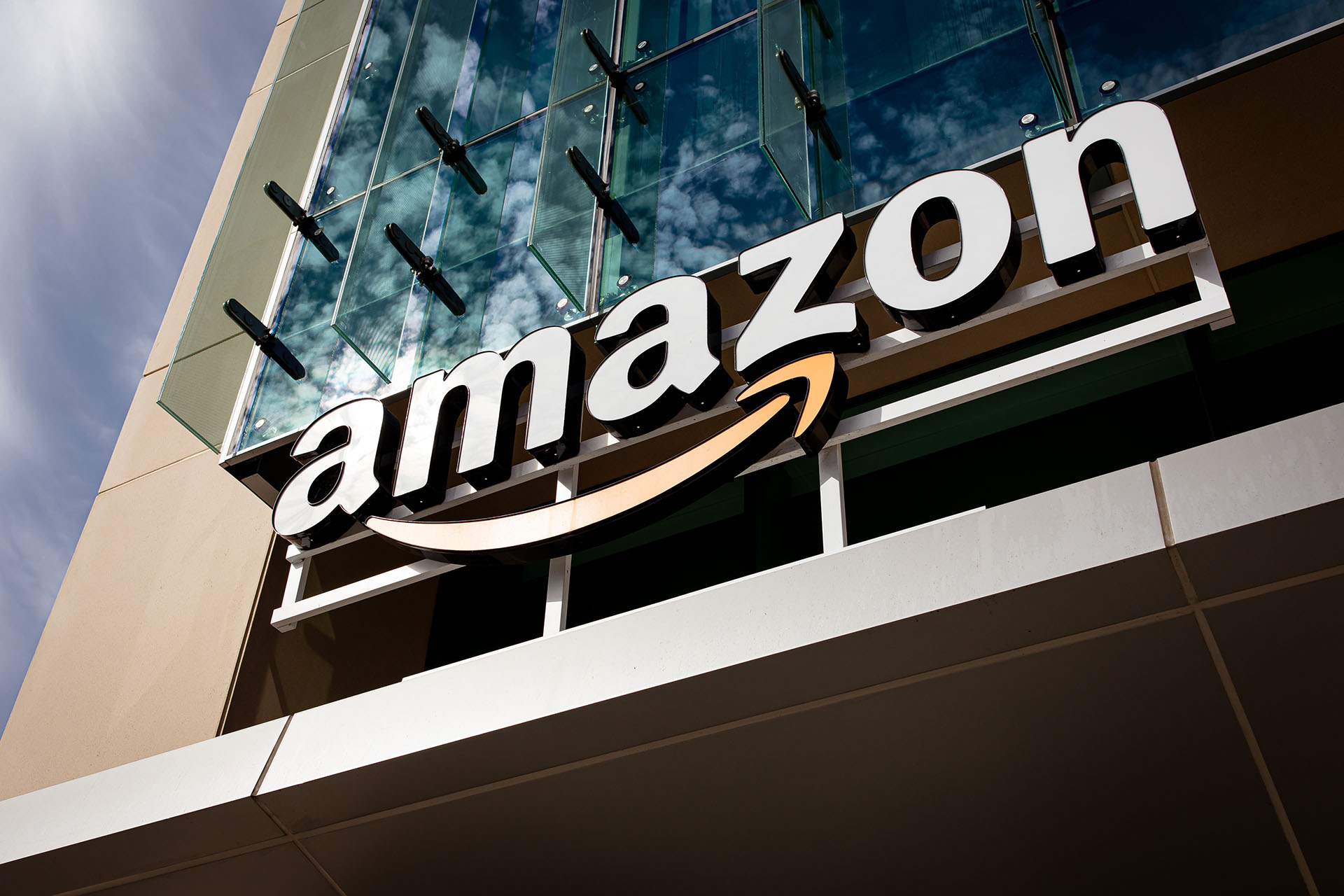
Amazon plans to grab a bigger share of the $1-trillion U.S. grocery business via same-day deliver
Amazon on Wednesday announced a major expansion of its grocery delivery business, making thousands of perishable grocery items available via its Same-Day Delivery service and planning to expand from 1,000 cities to more than 2,300 by the end of 2025. The service will be free to Prime members on orders over $25, while shoppers without Prime membership will pay a fee. It’s telling that the announcement’s immediate impact on share prices of major grocery chains and competing delivery services was greater than the effect on Amazon stock.
Pricing on DoorDash shares slid 11% on the news, while shares of Walmart, Kroger, Albertsons and Instacart all saw decreases in the low single-digit range. Amazon stock rose just 1%, suggesting that the move is merely incremental for a company that has carved out market share in a formidable array of categories.
“We’re continuously innovating to make grocery shopping simpler, faster, and more affordable for our customers, especially Prime members,” Doug Herrington, CEO of Worldwide Amazon Stores, said Wednesday. “By introducing fresh groceries into our Same-Day Delivery service, we’re creating a quick and easy experience for customers. They can order milk alongside electronics; oranges, apples, and potatoes with a mystery novel; and frozen pizza at the same time as tools for their next home improvement project—and check out with one cart and have everything delivered to their doorstep within hours.”
The expansion is intended to complement, rather than cannibalize, Amazon’s existing delivery services such as Amazon Fresh and Whole Foods Market. Given the size of the grocery business in the U.S.–and the size of Amazon’s consumer base—it would seem there’s room for another delivery format.
TTNews reported Wednesday, “U.S. shoppers spend $1 trillion annually on groceries at more than 45,000 supermarkets around the country, according to the grocery trade group FMI. Online grocery sales represent less than 20% of that. Amazon’s expansion of same-day delivery suggests the company believes it has cracked the code and can shift more food spending online.”
Retail real estate experts had some thoughts. Jim Dillavou, a principal of Los Angeles-based retail investment and development firm Paragon Commercial Group, told Connect CRE, “Paragon has worked alongside the Amazon team since the 2020 opening of the first Amazon Fresh grocery store in the country in our Woodland Hills, CA shopping center. Amazon has continually iterated last-mile grocery distribution efficiencies since then, and this announcement is a prime example of how physical retail will continue to play a central role in online necessity retail distribution in dense urban neighborhoods.”
According to Jason Baker, principal at Baker Katz, an affiliate member of X Team Retail Advisors, “Amazon is in the midst of investing $4 billion to triple the size of its delivery network by 2026. As of now, more than 1,000 cities have same-day delivery service available with a goal of reaching 2,300 by EOY ‘25. The online giant referred to the investment as ‘one of the most significant grocery expansions’ for the retailer.
“It is hard to measure just how disruptive this will be and might be hard to measure – in terms of market share – anytime in the next year,” Baker told Connect CRE. “But it could be very meaningful.”
It’s worth noting that the delivery service appeared to catch on quickly when it was rolled out in a handful of cities, including Phoenix, Orlando and Kansas City. Strawberries knocked AirPods out of the top five best-selling products in those cities, according to Amazon.